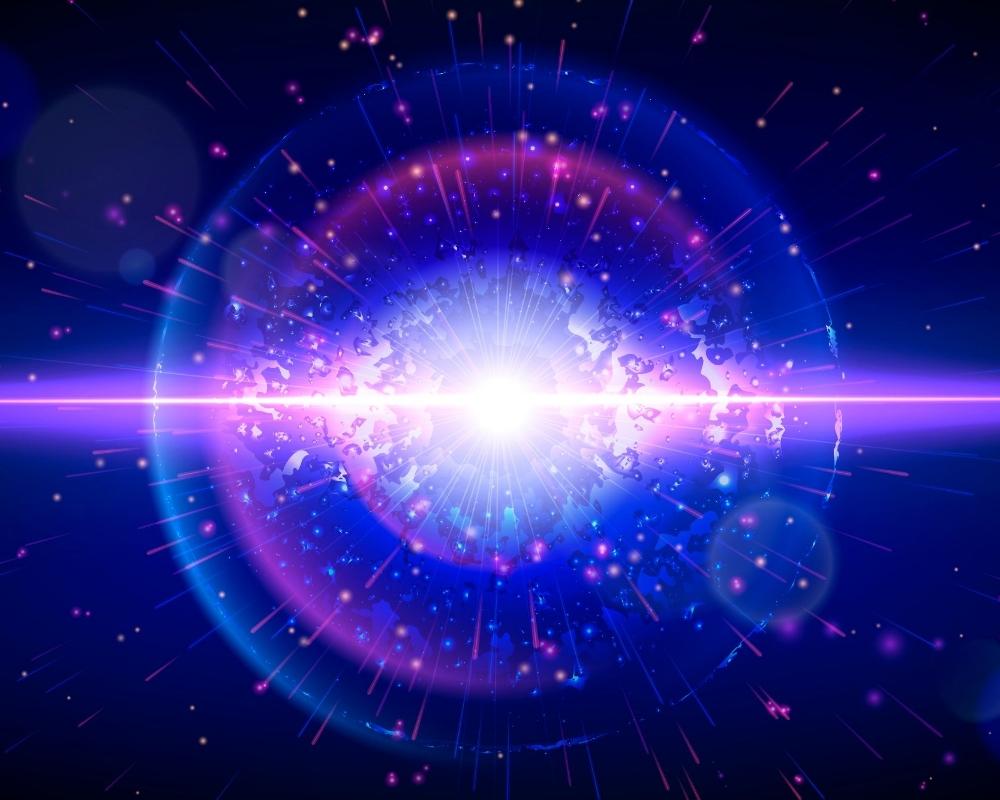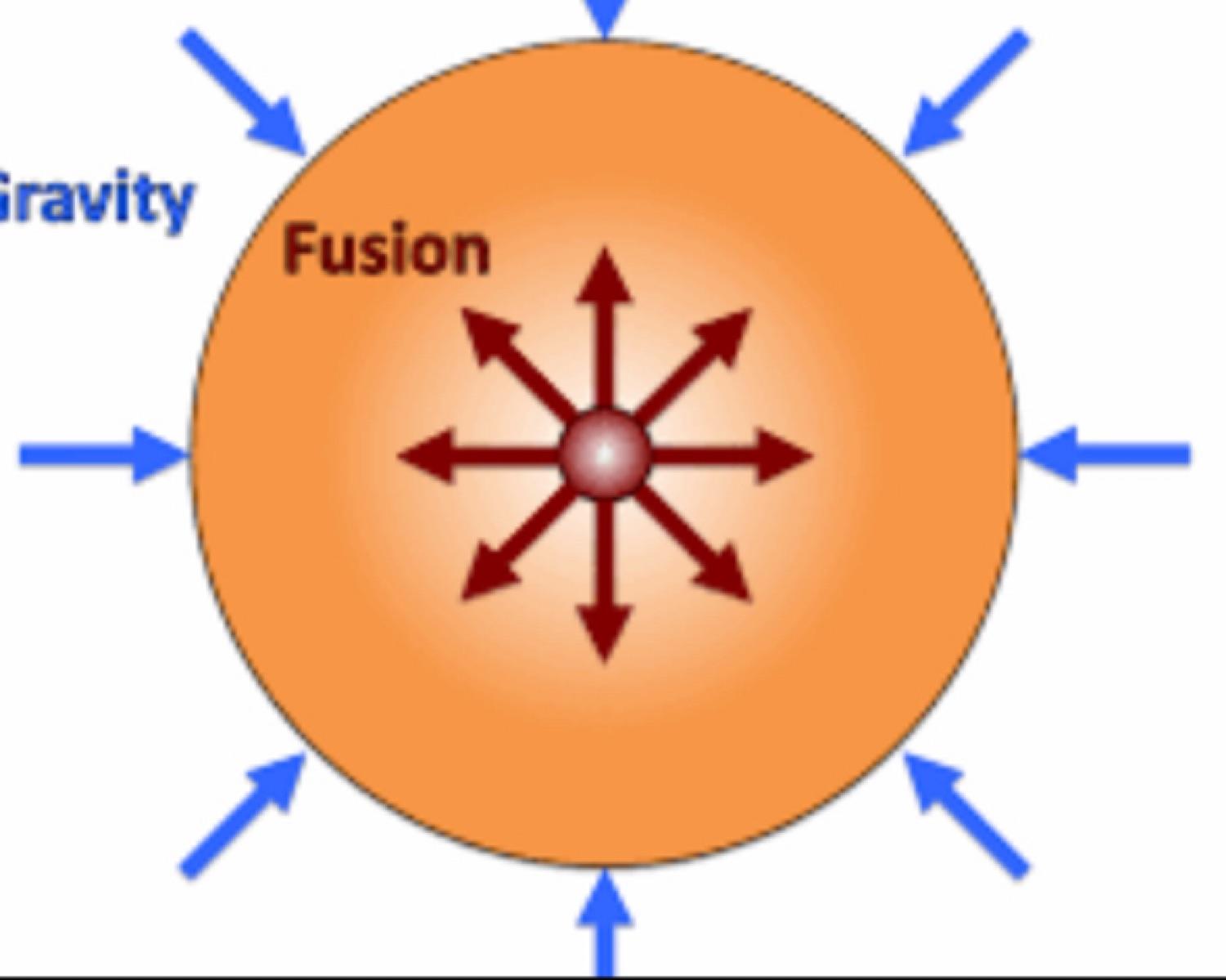7. Supernovae and Planetary Nebula
Most of the star material is blasted away into space, but the core implodes into a neutron star or a singularity known as the black hole. Less massive stars don’t explode, their cores contract instead into a tiny, hot star known as the white dwarf while the outer material drifts away.
Stars tinier than the sun, don’t have enough mass to burn with anything but a red glow during their main sequence. These red dwarves are difficult to spot. But, these may be the most common stars that can burn for trillions of years.
19
179 reads
CURATED FROM
IDEAS CURATED BY
This Idea helps to know how a star evolves and through what process it goes to become a star like "The sun" and ultimately end up to star remnants.
“
Similar ideas to 7. Supernovae and Planetary Nebula
So Why Isn’t Our Sun Currently Not Collapsing?
- Stars supports itself against its own gravity through the creation of thermal pressure.
- Inside every star, a huge amount of energy is being generated through nuclear reactions (fusion) which convert hydrogen into helium.
- Eventually, a star ...
Read & Learn
20x Faster
without
deepstash
with
deepstash
with
deepstash
Personalized microlearning
—
100+ Learning Journeys
—
Access to 200,000+ ideas
—
Access to the mobile app
—
Unlimited idea saving
—
—
Unlimited history
—
—
Unlimited listening to ideas
—
—
Downloading & offline access
—
—
Supercharge your mind with one idea per day
Enter your email and spend 1 minute every day to learn something new.
I agree to receive email updates

